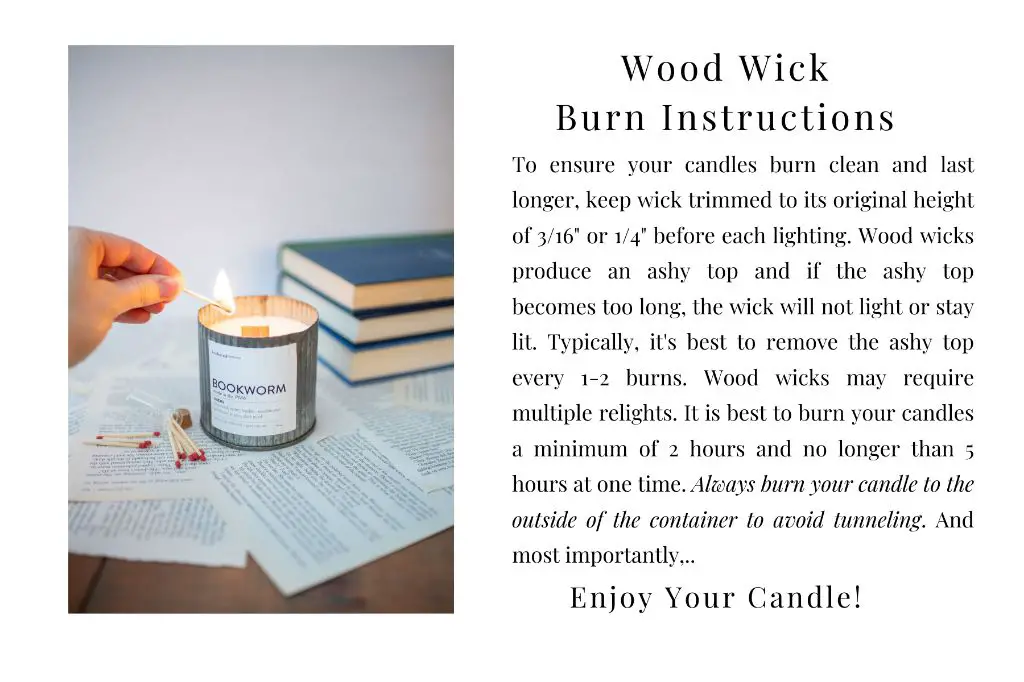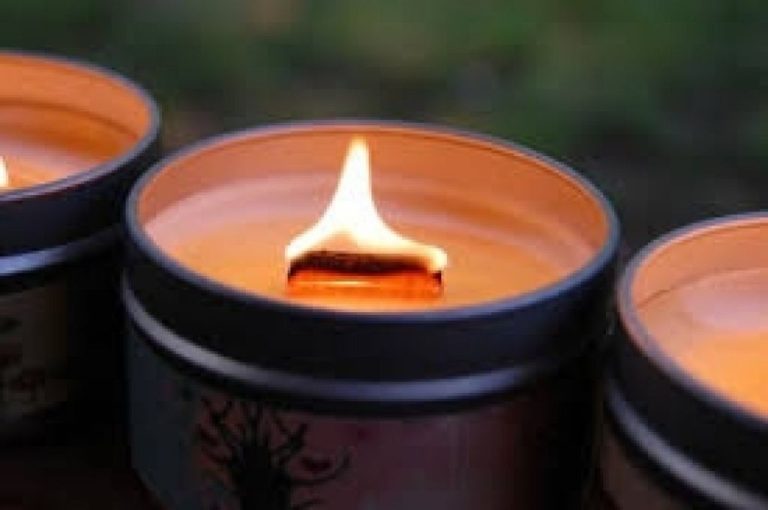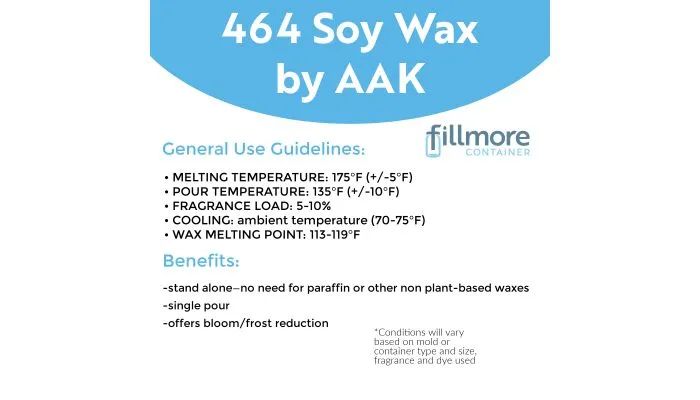Do Wood Wick Candles Burn Better?
Wood wick candles are a type of candle that uses a wooden wick made of wood shavings or wood chips instead of the standard cotton wick. The wood wick is said to create a louder crackling sound as the candle burns. There are claims that wood wicks allow candles to burn better and more evenly compared to regular wicks.
Some key factors that influence how well a candle burns include the wax composition, wick material and shape, and wax pool shape. Supporters of wood wicks claim they burn more evenly, self-trim as they burn, retain a consistent flame shape, and allow for an ideal wax pool shape. The unique auditory experience of the crackling sound is also a major selling point.
In this article, we will analyze whether wood wick candles truly burn better than regular wick candles. Key factors like burn time, wax pooling, scent throw, smoke and soot levels, flame behavior, safety, and cost will be examined.
How Wood Wicks Work
Wood wicks are made of natural wood fibers that are compressed together to form a wick. The wood fibers provide a capillary action that draws wax up the wick, similar to a regular cotton wick. However, the natural composition of wood allows it to burn in a unique way.
As the wood fibers combust, the lignin and cellulose structures crackle and pop, creating the distinctive crackling sound. The porous nature of wood creates small air pockets that expand when heated, causing bursts of oxygen to fuel the flame (Spoken Flames, 2021). This allows more air to mix with the flame, resulting in a brighter and hotter burn compared to regular cotton wicks.
Cotton wicks burn quietly with a soft, calm flame. They don’t have the same porous structures as wood. So while they draw wax up efficiently, they don’t crackle and pop like wood wicks. The natural composition of wood is what creates the exciting crackling effect.
Burn Time
Wood wick candles typically have a longer burn time compared to regular cotton wick candles. According to WoodWick’s manufacturer guidelines, their medium-sized wood wick candles burn for 50-60 hours. In comparison, a similarly sized candle with a regular cotton wick may only burn for 30-40 hours (source).

The natural wooden wick structure promotes full wax pooling and more complete burning. As the wood wick burns down, it creates a larger melted wax pool compared to a standard cotton wick. This allows more wax to be utilized and extends the burn time (source). The longer burn time provides better value for money.
Wax Pooling
Wax pooling refers to the melted wax that forms a liquid pool around the wick as the candle burns. Proper wax pooling is important for even burning, maximum fragrance dispersion, and to prevent issues like tunneling.
Wood wicks tend to create a larger wax pool compared to regular cotton wicks. As this article explains, wood wicks have a larger diameter which allows more heat to transfer through the wick to melt the wax pool. The wood also absorbs and holds heat in the wick better. This results in a larger, deeper melt pool that extends outward from the wick.
With cotton wicks, the melt pool may be too shallow, resulting in issues like tunneling where the wax doesn’t melt evenly. Wood wicks help ensure proper and complete wax melting for the full burning experience.
Scent Throw
Scent throw refers to how well a candle disperses its fragrance into the surrounding area. Many factors influence scent throw, but the wick plays an important role.
Wooden wicks tend to enhance scent throw compared to standard cotton wicks. As the wood burns, it creates a larger melt pool that releases more fragrance into the air. The natural crackling also helps circulate and disperse the scent. Cotton wicks don’t burn as hot or produce as large of a melt pool, limiting fragrance diffusion.
In testing, wood wick candles often have a stronger scent presence than equivalent candles with cotton wicks. The natural wooden material provides more surface area for the melted wax to absorb into, acting like a wick and releasing more fragrance (1). Simply by changing the wick, many candle makers notice a boost in a candle’s scent throw.
(1) https://hiveandhoneycandleco.com/collections/crackling-wood-wicks
Smoke and Soot
All candles produce some smoke and soot, but the amount can vary greatly depending on the wick. Cotton wicks tend to produce more soot than wood wicks. The natural fibers in a cotton wick don’t fully combust, leaving behind carbon deposits that result in smoke and soot on the glass and ceiling above the candle. Wood wicks burn cleaner, producing less soot.
According to research by Island Thyme Soap, wood wicks produce a low level of soot compared to other wick types because the wood fibers are more rigid and stable, resulting in a more complete burn with less unburnt carbon. The wood also burns at a lower temperature than cotton, further reducing smoke and soot production (Island Thyme Soap).
In summary, wood wick candles tend to produce less smoke and leave behind less black soot on the candle jar compared to regular cotton wicks. The wood burns hotter, cleaner and more efficiently, converting nearly all the carbon into CO2.
Flame Behavior
Wood wick candles are known for their unique, dancing flame. The wood fibers in the wick ignite and crackle as they burn, creating a flame that visibly flickers and dances in a candle’s jar.
The flame of a wood wick candle tends to be taller and brighter than a regular cotton wick. Wood wicks are engineered to produce a larger flame to melt the wax pool more efficiently. The dancing flame also helps promote fragrance throw. Typically, a wood wick flame will be 1-3 inches high.
In contrast, a regular cotton wick usually produces a smaller, teardrop shaped flame under 1 inch high. The flame may flicker slightly, but lacks the distinct crackling and dancing of a wood wick.
While wood wicks do naturally produce a larger flame, the flame should not be allowed to get too large as that poses a fire hazard. Always trim wicks to 1⁄4” before lighting, and keep wicks properly maintained.
For more tips on wood wick flame maintenance, see: Wood Wick Candle Care Tips
Safety
Wood wicks have some unique safety considerations compared to regular cotton wicks. According to Wildwood Candle Co, it’s important not to touch the hot glass of a burning candle and to keep the wax pool free of debris and wood wick trimmings. They recommend always burning candles in a well-ventilated room.
Per Amani Soaps, trimming the wick regularly can help prevent issues like tunneling and poor wax pooling which can lead to safety hazards. Allowing the wick to become too long increases the flame size and risk of smoke and soot. Proper wick length and maintenance is key for wood wick safety.
Overall, wood wicks require more care and attention than regular wicks to burn safely. But with proper trimming and ventilation, they can be used safely.
Cost
When comparing costs, wood wick candles tend to be more expensive than regular cotton wick candles. According to the WoodWick Candles website, their wood wick candles range from $10-$34 depending on size and scent. In contrast, basic cotton wick candles from brands like Yankee Candle can cost as little as $1-2 for small votive or tea light candles. For larger jar candles, cotton wicks may cost $5-15 on average.
The higher price of wood wick candles reflects the more complex production process. Wooden wicks are made of natural wood fibers that must be precisely cut and shaped to create the distinctive crackling sound. This specialized material and manufacturing results in a higher retail price. Additionally, some luxury candle brands charge a premium for their products, whether they use wood wicks or not. However, fans of wood wick candles find the experience worth the extra cost.
When comparing the same scent in a wood wick versus regular candle, the wood wick version usually costs $5-10 more. Yet many consumers consider the crackling sound and stronger scent throw to provide added value. With proper burning techniques and care, wood wick candles may also provide a longer burn time to offset the higher initial investment. But cost-conscious shoppers on a budget may still prefer more affordable basic cotton wick candles.
Conclusion
To summarize, wood wicks do seem to provide some benefits compared to regular cotton wicks when it comes to burn performance. Wood wicks can help candles burn more slowly and evenly, while reducing issues like poor wax pooling, weak scent throw, and excess smoke. The wood core enables improved capillary action, bringing more wax and fragrance to the flame over time. This generally results in wood wick candles burning longer, cooler and cleaner than regular wick candles.
Overall, wood wicks would be recommended for anyone looking to maximize burn time and fragrance diffusion in their candles. The slightly higher cost of wood wicks is justified by their superior performance and reduced waste from slower burning. With proper care to trim wicks and allow full wax pooling, wood wicks can provide an enhanced candle experience.





